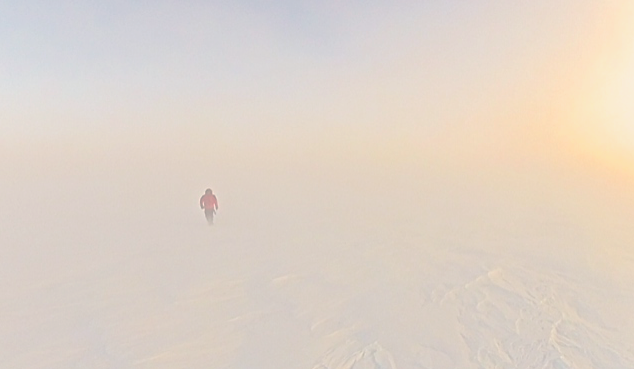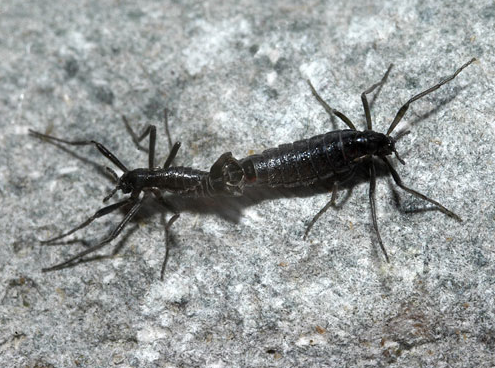Fact of the Day:

The first woman to set foot in Antarctica is claimed to be that of Catherine Mikkelsen in 1935. She was the wife of a Norwegian whaling captain, Captain Klarius Mikkelsen. Photo courtesy of: Norwegian Polar…
Fact of the Day:

Blizzards are a frequently occurring Antarctic phenomenon. During a typical blizzard very little if any snow actually falls but rather snow is picked up and blown along the surface by strong winds. In many instances this can result in a complete whiteout. During a whiteout the horizon can disappear altogether giving no fixed reference point, thus navigation under these conditions can b…
The Challenge Yourself Appeal

We recently shared the news that Hugh Bowring & Tris Kaye from the expedition’s Operations HQ are part of a four-man relay hoping to swim across the English Channel in aid of The Coldest Journey’s chosen charity Seeing is Believing. The team, known as the Channel Arm Bandits, will hopefully be setting off from Dover in just over 6 hours from now if the weather permits, at 0230hrs Tuesday…
Fact of the Day:

At 16,066 feet (4,897 meters) Vinson Massif is the highest mountain in Antarctica and the 8th most prominent mountain in the world. It is located about 750 miles west of the South Pole. Vinson was the last discovered, last named, and last climbed of the ‘Seven Summits’ (the highest mountains on the seven continents). It’s also the most remote and coldest of the Seven Summits to climb.
Fact of the Day: What is aurora australis?

The aurora australis, commonly known as the southern lights, is a glow observed in the night sky created by the collision of energetic charged particles with atoms in the high altitude atmosphere. The charged particles originate in the magnetosphere and solar winds that pass by Earth are directed by the Earths magnetic field into the atmosphere. The amazing photo below was taken by the Team back…
Fact of the Day:
Ice shelves – (not to be confused with yesterdays fact about Ice sheet) An ice shelf is a thick floating platform of ice that forms when a glacier or ice sheet flows down to the coastline and onto the ocean surface. Other than in Antarctica ice shelves are only found in Greenland and Canada. The thickness of ice shelves can range anywhere from about 100 meters up to 1000 metres. Much of…
Fact of the Day:

The Antarctic ice sheet is the largest single mass of ice on Earth. It covers an area of almost 14 million km² and contains 30 million km³ of ice. Around 90 per cent of the fresh water on the Earth’s surface is held in the ice sheet, an amount equivalent to 70m of water in the world’s oceans. In East Antarctica the ice sheet rests on a major land mass, but in West Antarctica the bed is in…
Fact of the Day:

Samples known as ice cores are regularly drilled through the ice in Antarctica for various scientific research. They are removed as a long cylinder of ice that gives an indication of the past going back as far as 800,000 years. The properties of the ice, of dust trapped in the ice, and even of air bubbles trapped in the ice give valuable information about the earth’s climate at various times in…
Fact of the Day: What is a Belgica?

A Belgica is a species of flightless midge, native to Antarctica. Impressively, even though it is only between 2-6 millimeters long, it is the largest terrestrial animal on the continent, and of course its only insect. All other animals on Antarctica spend at least part of the time in…
Fact of the Day:

Solar Halo A Solar Halo is an optical atmospheric phenomenon frequently seen in Antarctica. It is caused as a result of the scattering of light by ice particles suspended in the air. Such phenomena are usually encountered in the winter rather than summer when lower temperatures make such occurrences more likely. This spectacular photograph was taken by our very own Ice Team member Ian…
- Newer Posts
- Page 3 of 4
- Older Posts
